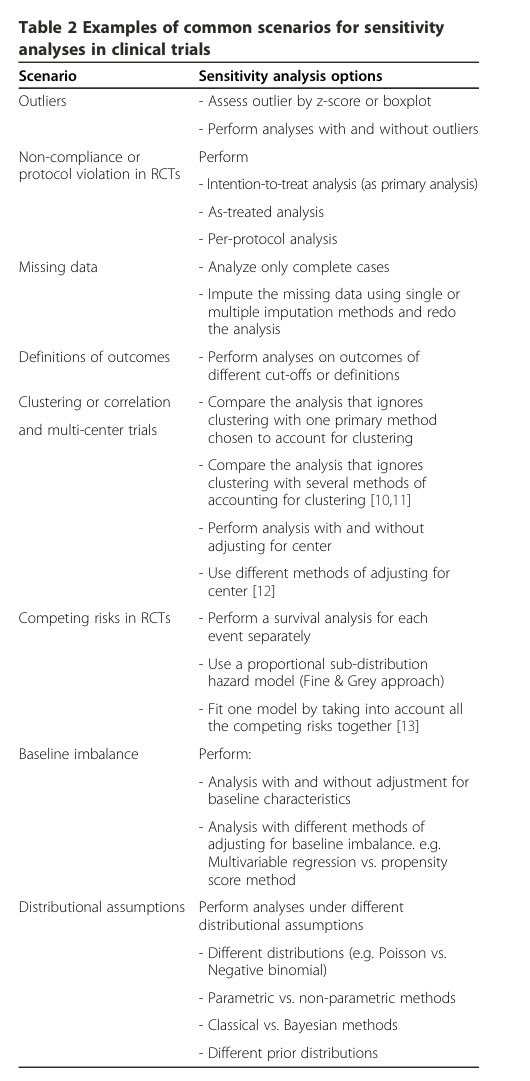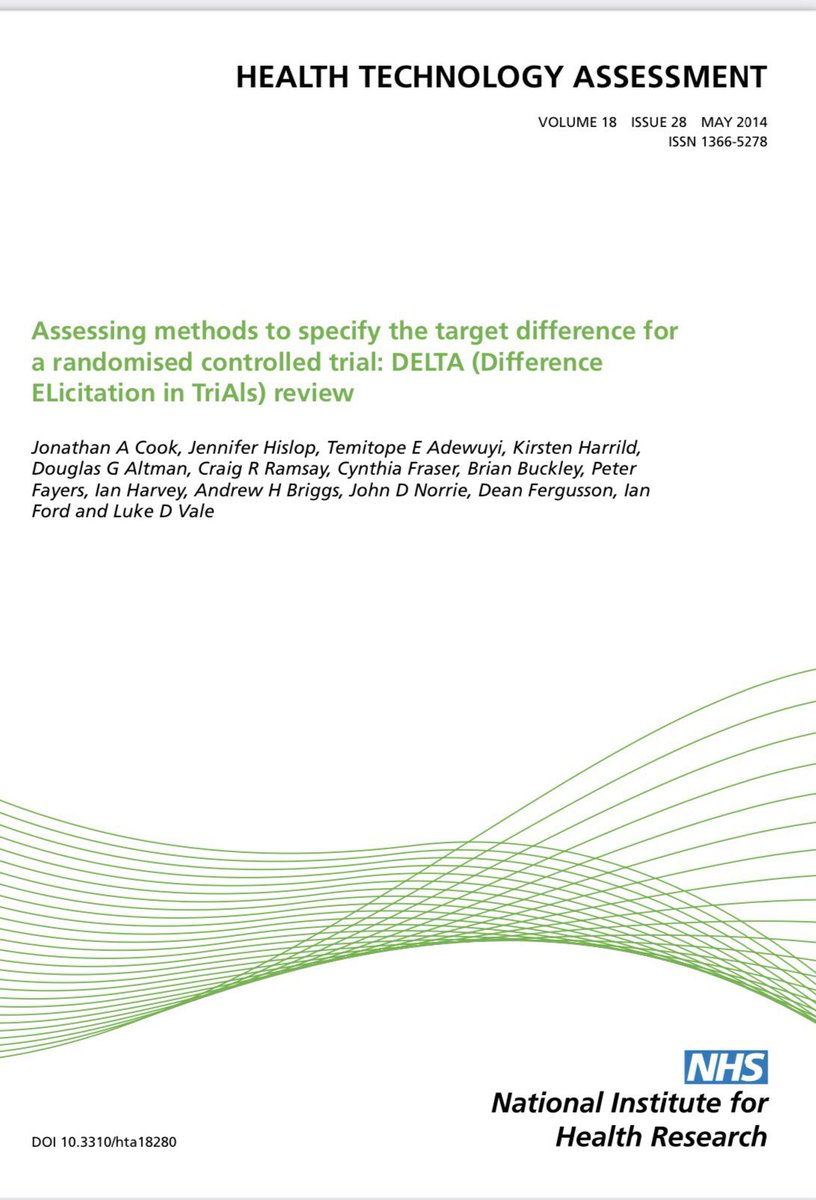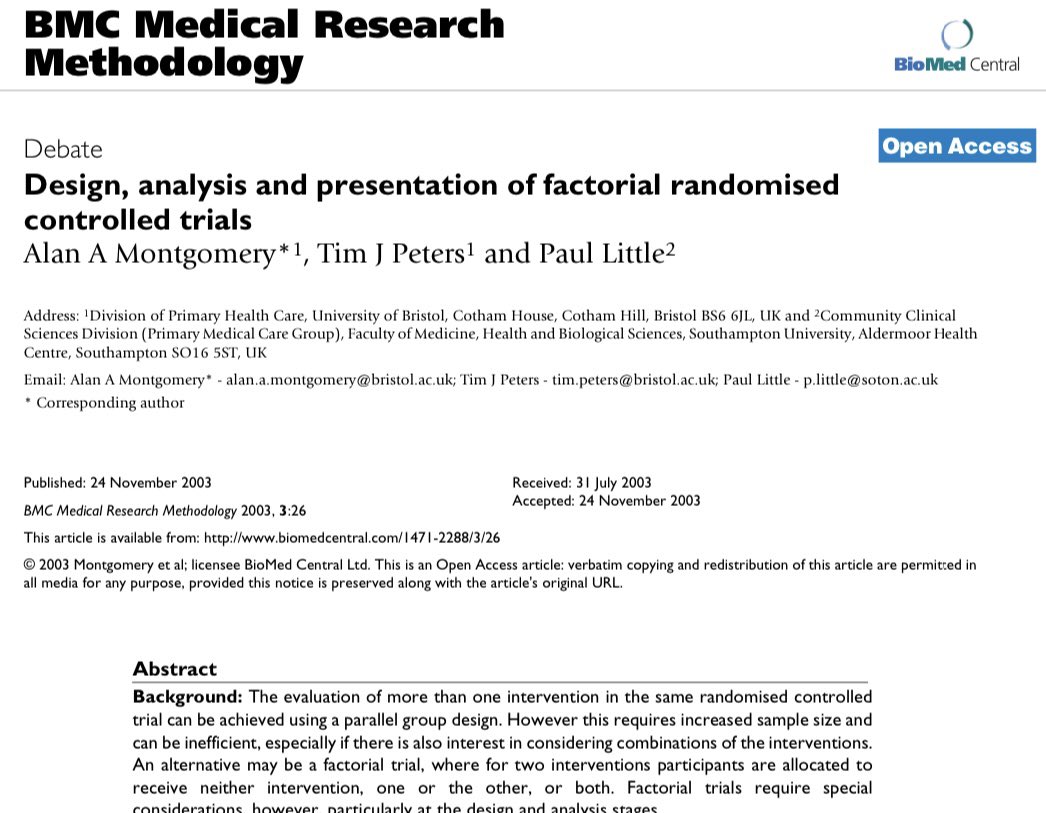
Trialist; Statistician; Professor of Health Services Research; University of Aberdeen. Hebridean. Views my own.
How to get URL link on X (Twitter) App

























https://twitter.com/serifeliciano/status/1597355324008108034?s=46&t=EiTej4apumJRKGTpiq4URw


